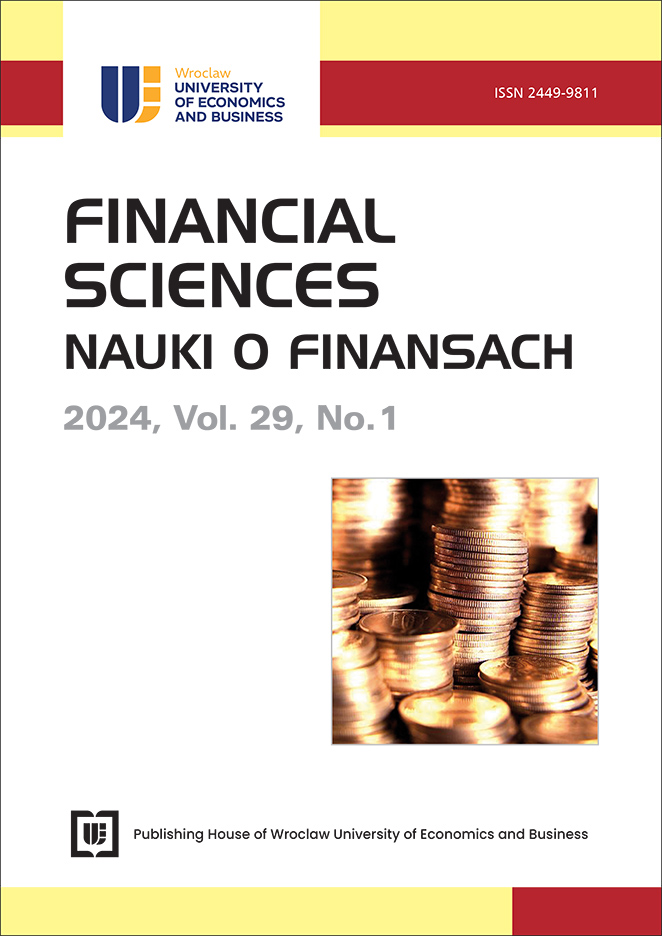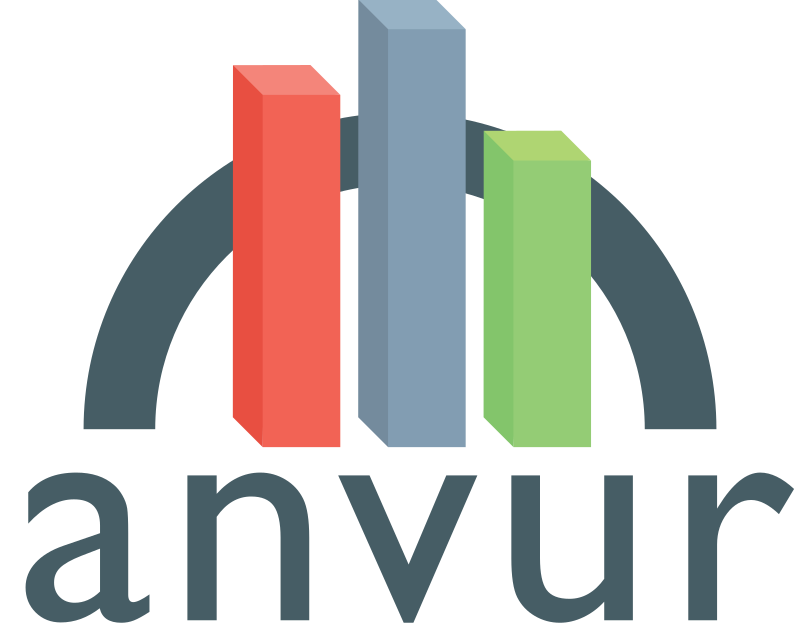Benchmark Ratio of Insurance Penetration (BRIP) as a New Relative Measure of Insurance Development and Benchmarks in Insurance
Keywords:
insurance market, development of the insurance market, benchmark, benchmark ratio of insurance penetration (BRIP)Abstract
In various fields of science, certain patterns are used to describe and compare the studied features and phenomena, reference points (benchmarks), e.g.: reference rates (benchmark rates), reference ratios (benchmark ratio), or comparative analyses (the benchmarking) (EY, 2021). In insurance, certain measures (insurance ratios) are used to examine the description of market development, including: insurance premium (total gross premiums), density and penetration. To compare insurers or insurance markets, the average of the entire market is used as a standard (reference point), e.g. average premium, average density or average penetration rate (in a country, a geographic region or the world, e.g. the EU, OECD countries). However, the measures of insurance market development used are limited – premium and density as absolute measures which do not take into account economic development – or have been ‘devalued’ (penetration rate = direct gross premium/GDP, is a relative measure, often with different growth rates of premium and GDP). For this reason, a new, more robust paradigm for international comparisons of insurance markets is being sought, i.e. a new insurance growth pattern. The aim of the study was to analyse the benchmark ratio of insurance penetration (BRIP) proposed by (Zheng, Liu, Deng, 2008 and 2009) as a new, relative international measure of insurance development in the 21st century and examined its advantages and disadvantages in order to assess its suitability for comparisons of insurance markets. An additional aim was to examine the development pattern (benchmark) for comparing various insurance markets as an average of the entire market to establish whether it is a good reference point, i.e. appropriate statistics.
Downloads
References
Aizpun, F. C., Dai, X., & Lechner, R. (2021). World Insurance: The Recovery Games Pace. Sigma, (3). https://www.swissre.com/dam/jcr:ca792993-80ce-49d7-9e4f-7e298e399815/swiss-re-institute-sigma-3-2021-en.pdf
Aizpun, F. C., Lechner, R., Sharan, R., & Xing, L. (2022). World Insurance: Inflation Risks Front and Center. Sigma, (4).
Bednarczyk, T. (2011). Ekonomiczne i instytucjonalne czynniki rozwoju ubezpieczeń. Wiadomości Ubezpieczeniowe, (4), 85-106.
Bednarczyk, T. (2019). Czynniki kształtujące rozwój rynku ubezpieczeń prywatnych. In T. Bednarczyk, K. Bielawska, B. Jackowska, E. Wycinka, Ekonomiczne i demograficzne uwarunkowania funkcjonowania i rozwoju ubezpieczeń (pp. 73-101). Wydawnictwo Uniwersytetu Gdańskiego.
Carter, R. L., & Dickinson, G. M. (1992). Obstacles to the Liberalization of Trade in Insurance. Harvester Wheatsheaf.
Enz, R. (2000). The S-Curve Relation Between Per-Capita Income and Insurance Penetration. The Geneva Papers on Risk and Insurance, 25(3), 396-406.
EY. (2021). Solvency II: EY Year-end 2020 Benchmarking. Retrieved July 17, 2023 from https://www.ey.com/en_be/consulting/actuarial-services/solvency-ii-ey-year-end-2020-benchmarking
Handschke, J. (2009). Polskie doświadczenie w formowaniu i rozwoju rynku ubezpieczeń – wybrane aspekty. Wiadomości Ubezpieczeniowe, (3), 56-69.
Handschke, J., & Rozumek, P. (2015). Analysis of Insurance Market Development in Eastern European Countries Based on S-curve. In A. Karasavvoglou, S. Ongan, P. Polychronidou (Eds.), EU Crisis and the Role of the Periphery (pp. 203-216). Springer International Publishing Switzerland.
Herbich, M. (2007). Rozwój rynku ubezpieczeń w Polsce. Trio Management. Towers Perrin Alliance Partner.
Insurance Europe. (2022), aisbl, European Insurance Industry Database. Total Insurance. DatabaseMarch2022-Total.xls. DatabaseMarch2022-Total.xlsx Retrieved September 28, 2022 from https://www.insuranceeurope.eu/downloads/european-insurance-industry-database-total-insurance-statistics2020/DatabaseMarch2022-Total.xlsx
Koprivica, M. (2022). Analysis of insurance market development based on S-curve – the case of the western Balkan countries. Economic, Economic Themes, 60(2), 221-236. https://doi.org/10.2478/ethemes-2022-0013
Kuryłowicz, Ł., & Śliwiński, A., (2022). Pojęcie równowagi na konkurencyjnym rynku ubezpieczeń. In M. Lemkowska, M. Wojtkowiak (Eds.), Sektor ubezpieczeń w obliczu wyzwań współczesności (pp. 64-82). Wydawnictwo UEP.
Makać, W., & Urbanek-Krzysztofiak, D. (2000). Metody opisu statystycznego. Wydawnictwo Uniwersytetu Gdańskiego.
Monkiewicz, J. (2004). Jednolity rynek ubezpieczeniowy. In J. Monkiewicz (Ed.), Podstawy ubezpieczeń. Tom I – mechanizmy i funkcje (pp. 382-392). Wydawnictwo Poltex.
Monkiewicz, M. (2010). Jednolity rynek ubezpieczeniowy i Systemy gwarancji realności ochrony ubezpieczeniowej. In J. Handschke, J. Monkiewicz (Eds.), Ubezpieczenia. Podręcznik akademicki. Wydawnictwo Poltex.
OECD. (2023). Statystyki ubezpieczeniowe. OECD Statistics: Insurance Ratios: Density. Retrieved February 27, 2023 from https://stats.oecd.org/Index.aspx?QueryId=25445
O’Neill, J. (2001). Building Better Economic BRICs. Goldman Sachs Global Economics Paper, (66), November.
Ortyński, K. (2010). Pojęcie i funkcje rynku ubezpieczeń non-life w Polsce. In E. Wierzbicka (Ed.), Ubezpieczenia Non-Life (pp. 15-37). Wydawnictwa Fachowe CeDeWu.
Rozumek, P. (2013). Analiza poziomu rozwoju czeskiego, polskiego, słowackiego i węgierskiego rynku ubezpieczeniowego na podstawie modelu krzywej S. Zarządzanie i Finanse, 11(2), 247-259.
Śliwiński, A. (2011). Popyt na ubezpieczenia na życie w świetle badań światowych. Prace Naukowe Uniwersytetu Ekonomicznego we Wrocławiu, (175), 150-160.
Zheng, W., Liu, Y., & Deng, Y. (2008). The Chinese Insurance Market: Estimating Its Long-Term Growth and Size. The Geneva Papers, (33), 489-506.
Zheng, W., Liu, Y., & Deng, Y. (2009). The Comparative Study of International Markets. The Geneva Papers on Risk and Insurance – Issues and Practice, (34), 85-99.
Downloads
Published
License
Copyright (c) 2024 Agnieszka Pobłocka

This work is licensed under a Creative Commons Attribution-ShareAlike 4.0 International License.
Accepted 2024-05-07
Published 2024-10-23








